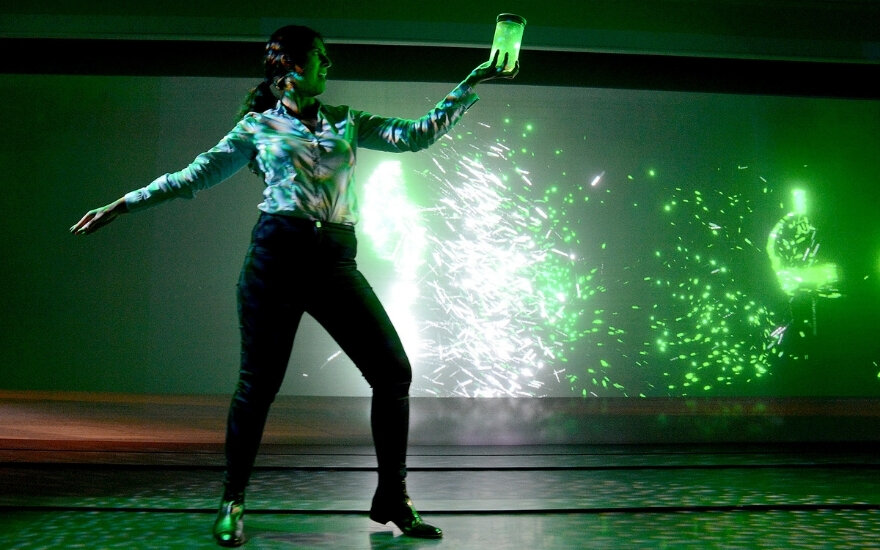Words by Colin Hampden-White
It is hard to describe what the new Johnnie Walker experience is on Princes Street in Edinburgh. One word sums it up though, incredible, but why it is incredible takes a little longer.
In essence, it is a full whisky experience, involving, bars, tastings, shops and shows which both entertain and educate in equal measure. There is the use of light, projections, actors and educators, aromas and flavours, and architecture all coming together to create an immersive experience which I certainly won’t forget. I will be coming back with friends and family who want to learn more about Scotch and blended Scotch, but also to convert those who haven’t yet caught the bug.
With all this pizazz, the best bit of the whole experience is that the star of the show is you. From the moment you walk through the door, it is all bout you. Initially, you are asked what flavours you like in your life and the answers build up a picture of the type of whisky you might like. This is where the blending starts and continues throughout the experience. Introducing you to cocktails and highballs and if you would like to, the neat whisky.
It’s not only the whisky and cocktails which are exquisite. The food is fabulous too, with Michelin standards providing refined food to go with the drinks, without the experience being formal. All visitors would be at home in shorts as much as suits.
All the senses are catered for, taste and smell are covered by wonderful drinks and food, but the sights and sounds are wonderful too. Not only the shows along the whisky journey, but the building itself and the views. There are views from the rooftop bar reaching all the way along Princes Street, and from another cocktail bar, a large single pane window offers views across north Edinburgh, the Firth of Forth and into Fife.
One of the most initiative decisions the Walkers made was to have a 20° slant to their label to allow for a larger font and logo. This angle is reflected all over the building in subtle ways. Even the stair banisters are at a 20° angle. It is the brilliant attention to detail like this that is so impressive.
This is the new way to experience whisky, it is beyond any other brand experience I have been through, and at the heart of it, it explains whisky in a way that is memorable and fun. It is said that if you tell someone many things, they will remember very few of them. Yet this experience manages to give you so much information in a way that involves the customer on so many levels, meaning one manages to take away a great deal rather than a few small nuggets of information.
Such is the level of enjoyment with this experience, one wouldn’t even have to enjoy whisky to have been happy to have been. But I might suggest you would find it hard not to once you’ve been.
For a more in-depth look at the different Johnnie Walker expressions, have a look at Colin’s article The Many Colours of Johnnie Walker.








